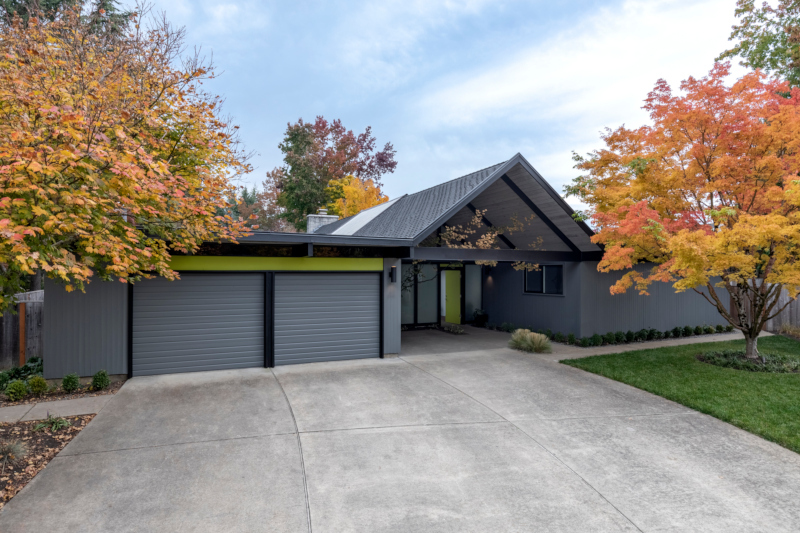If you live in the San Francisco Bay Area and have done any house-hunting, you could be familiar with the work of Joseph Eichler. In Marin, there are several neighborhoods featuring his mid-century modern architectural style homes. Eichler, a 20th century real estate developer, rose to prominence between 1949 and 1966, when his company, Eichler Homes, built 11,000 homes in Northern and Southern California, with a very distinctive architectural style, influenced in part by Frank Lloyd Wright’s designs. Few may think of him as an activist for fair housing principles.
Fair housing was not a topic Eichler would have been unfamiliar with. He was born in New York, at the turn of the century, to Jewish-German immigrant parents. Housing discrimination was openly rampant. Jewish families were often the targets of policies meant to keep them out of various neighborhoods. When Eichler gained prominence as a real estate developer, he could see how little things had changed in regard to segregation by exclusion from various neighborhoods.
Eichler designed homes with a middle-class target audience in mind. He worked with some of the top architects of his day to bring his vision to reality – architects like Jones & Emmons, Anshen & Allen, Oakland & Associates, Raphael Soriano and A. Quincy Jones.
He wanted to create diverse, community-oriented developments, available to anyone who wanted to buy one of his homes. Yet, to keep from hurting his business, he wanted to fly under the radar of those seeking to exclude home ownership based on discriminatory practices, like redlining.
Redlining
Redlining, introduced in the 1930s, grew out of the Great Depression. The federal government began a program they believed would increase home ownership in cities suffering waves of foreclosures. Their ranking system for the investment worthiness of neighborhoods hinged on the most desirable and least risky, green, to the hazardous and detrimental, thereby most risky, red. Entwined in this ranking system were explicitly discriminatory elements. All white neighborhoods were considered green and worthy to receive loans to purchase homes. Neighborhoods with Jewish families were less worthy, and neighborhoods where people of color lived were the highest risk and not worthy of loans for housing, which effectively denied them home ownership. Through redlining, white, homogeneous neighborhoods certainly had increased incentive to keep anyone of mixed ethnicity outside of their borders.
Eichler knew this but worked to ensure that his homes could be purchased by anyone. When the leaders of the San Francisco branch of the National Association of Home Builders, the top trade organization of the time, spoke out against a court decision that ruled “builders and realtors may not discriminate against Negro buyers,” Eichler, an honored member of the association quit in protest to their discriminatory rhetoric. In 1958 that was an action that made headlines.
In addition to his own policy of selling homes to individuals of various ethnicities, Eicher organized California’s convention on housing issues and assisted in writing the state’s fair housing law. The Eichlers (father and sons) consulted with the federal Housing and Home Finance Agency and HUD, volunteering to be used as case studies in promotional materials. They were also asked to testify and did, before the U.S. Commission on Civil Rights, but all of this is often forgotten when chronicling Eichler’s accomplishments.
Eichler homes have a more interesting historical interest than you might have imagined. If you’d like to learn more, call for a consultation today.


